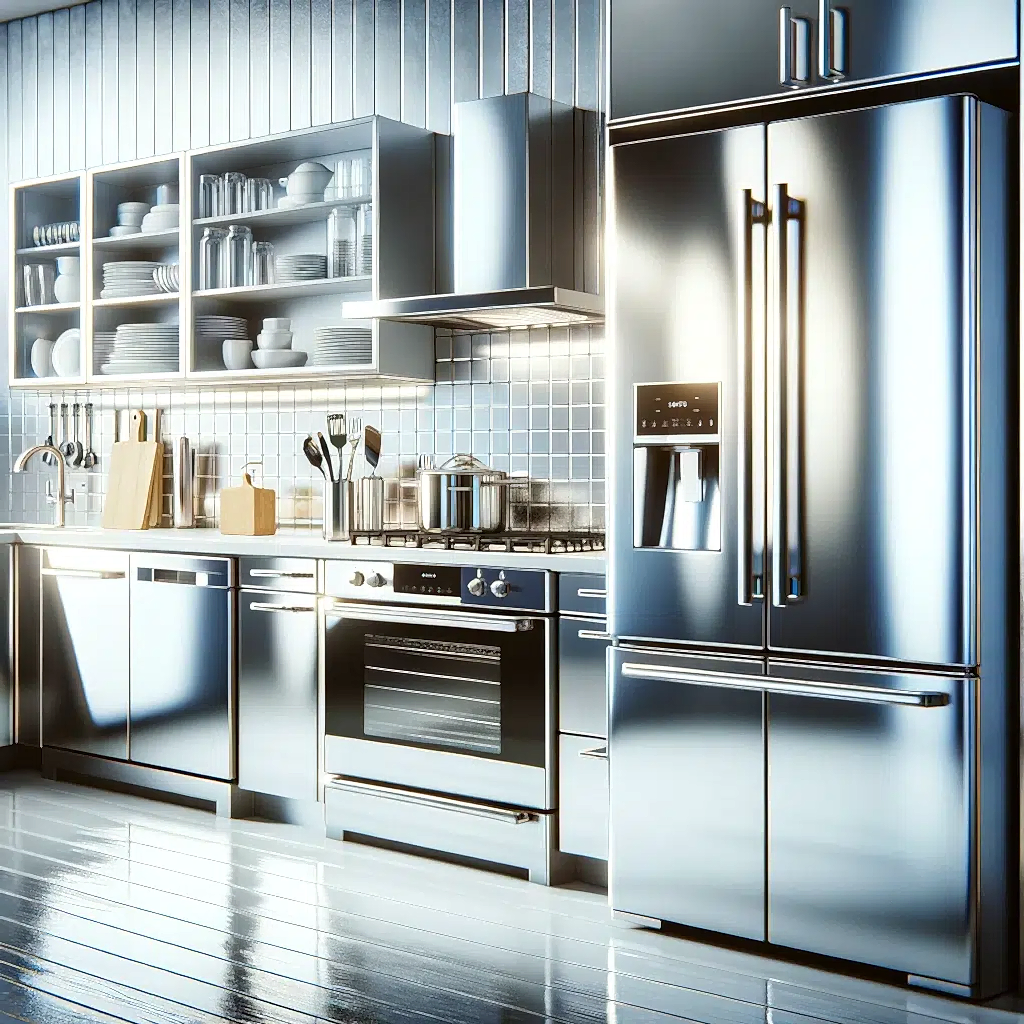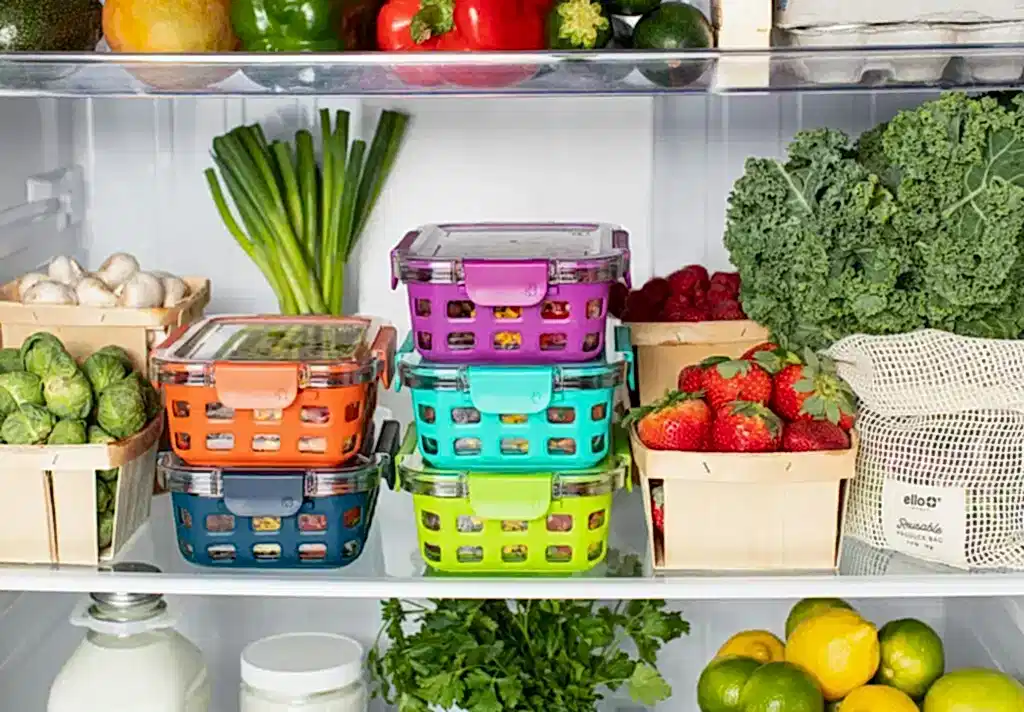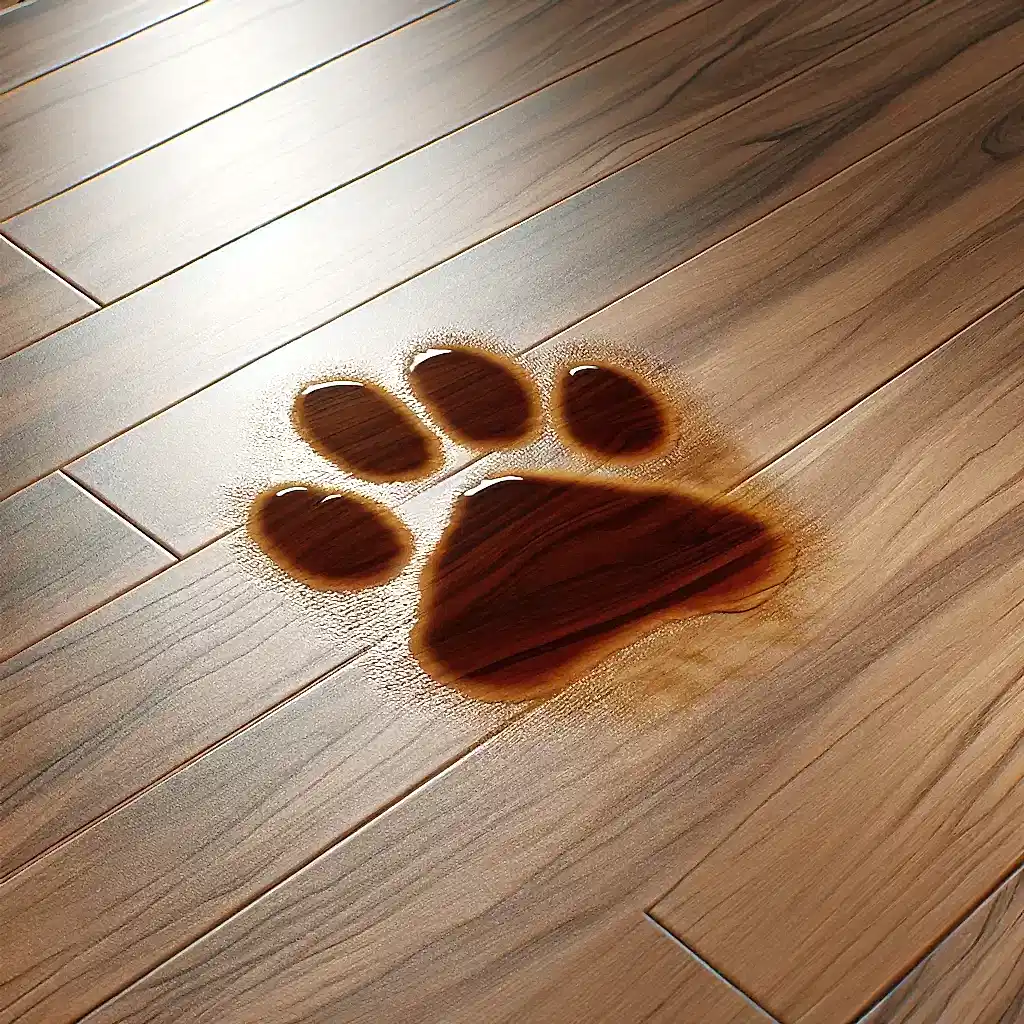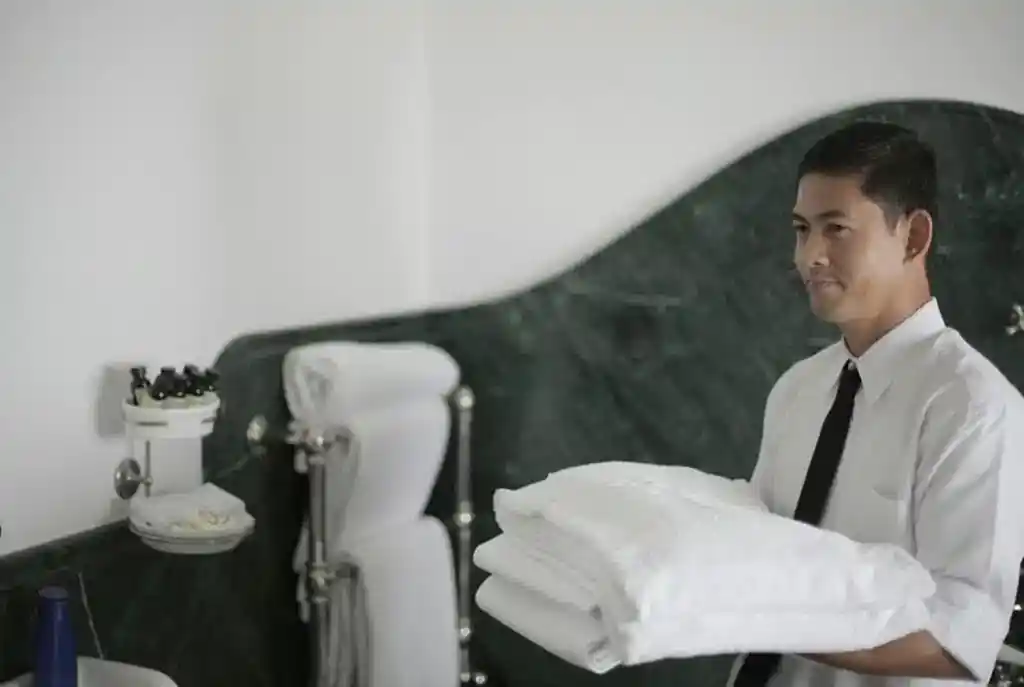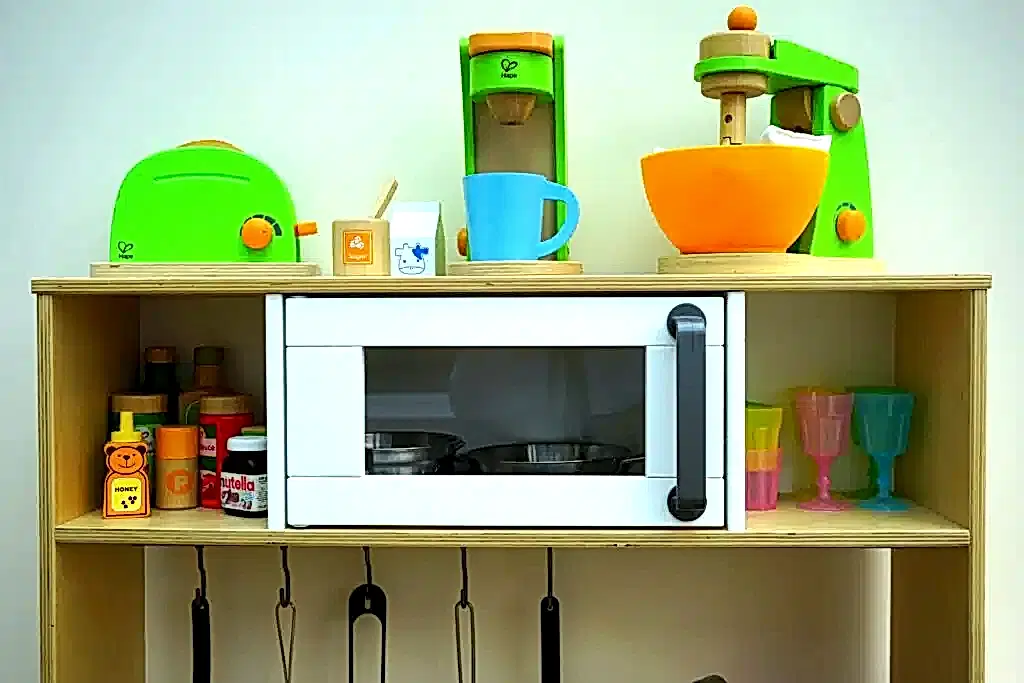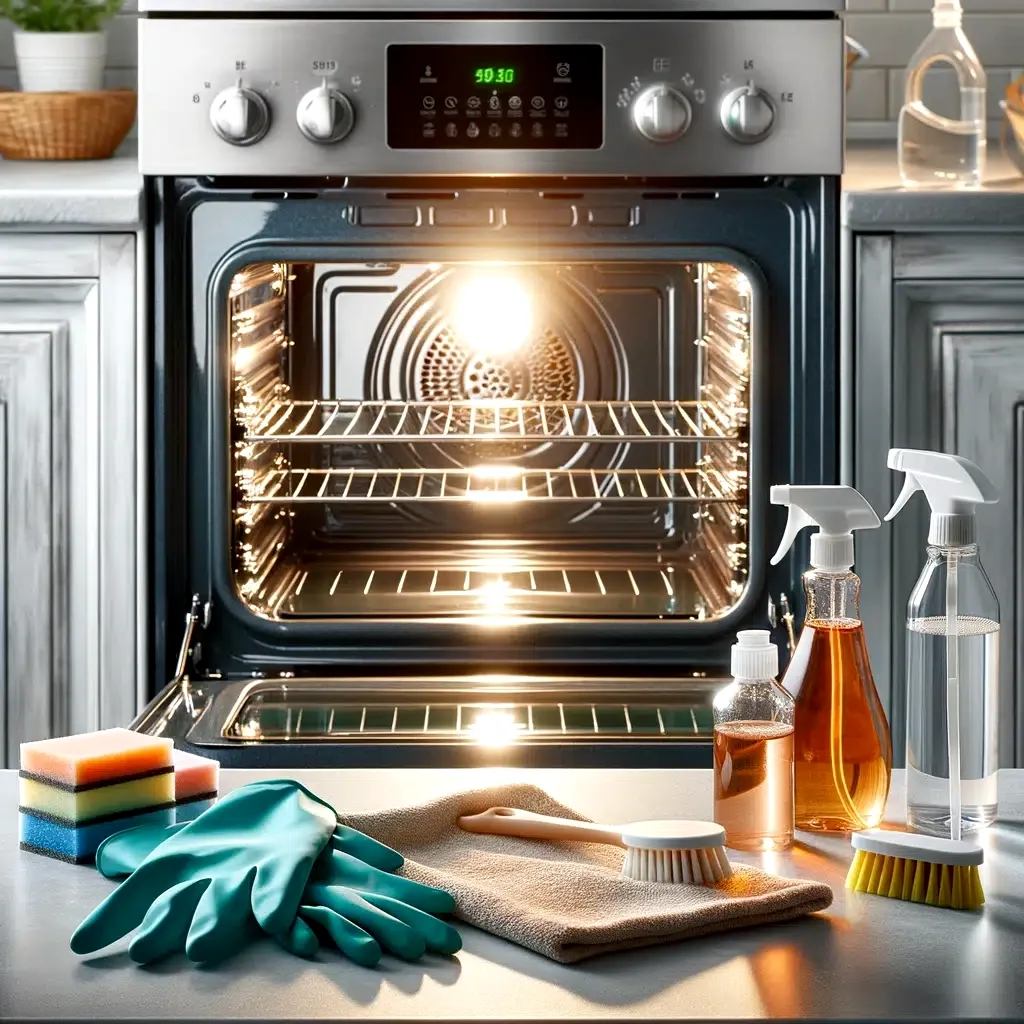How to Tackle Tough Stains on Clothes: 5 Proven Methods
Hey there, fellow stain fighters! Today, we’re diving into the world of tough stains on clothes. We’ve all been there – that coffee spill, the kids’ grass stains, or that mysterious mark that just won’t budge. But fear not! I’m here to share with you five proven methods to tackle those stubborn stains and make your clothes look brand new again. Let’s get started! 1. Pre-Treatment is Key Time is of the essence when it comes to stains. The longer a stain sits, the more it bonds with the fabric, making it a tougher opponent to tackle. That’s why it’s crucial to address the spill or spot as soon as you spot it. Think of it like a first responder to a cleaning emergency – the quicker you act, the better the outcome. When you first encounter a stain, your instinct might be to start scrubbing away. But hold up! Scrubbing can actually be counterproductive. It might spread the stain wider or even push it deeper into the fibers of your clothing. Instead, grab a clean, absorbent cloth or paper towel and gently dab at the stain. The goal here is to lift as much of the spill as possible, not to work it further into the fabric. Dab from the outside of the stain towards the center – this helps contain the stain and prevents it from spreading. After you’ve done your initial dabbing, it’s time to pre-treat. This step is like giving your stain a heads-up that a full-on laundry assault is coming. Apply a stain remover or a small amount of liquid detergent directly onto the affected area. These products are designed to start breaking down the stain right away. But here’s a pro tip: don’t just slap it on and throw the garment in the wash. Let the remover or detergent sit on the stain for at least 5 minutes. This waiting period allows the cleaning agents to penetrate the fabric and start working their magic on the stain. 2. Natural Solutions for Organic Stains Salt and Lemon Juice: This duo is fantastic for handling organic stains, especially on lighter fabrics. Salt acts as a gentle abrasive, helping to lift the stain, while lemon juice, with its natural bleaching properties, works to lighten and remove the stain. Here’s how to use this combination: Prepare the Solution: Squeeze fresh lemon juice over the stain. Make sure the stained area is thoroughly soaked in the juice. Then, sprinkle a generous amount of salt over the lemon juice. The salt doesn’t dissolve immediately, which is exactly what you want. Let It Sit: Allow this mixture to sit on the stain for about an hour. For tougher stains, you can even let it sit longer. The salt will start to absorb the stain, and the lemon juice will work to break it down. Gentle Scrubbing: After letting it sit, gently scrub the stained area. You can use an old toothbrush or just your fingers. This scrubbing action helps to work the lemon juice deeper into the fibers and assists the salt in lifting the stain. Rinse and Wash: Once you’ve scrubbed the stain, rinse the area thoroughly with cold water. After rinsing, launder the garment as you normally would. This method is particularly effective for fresh organic stains and works wonders on fabrics that are safe to be treated with mild acid like lemon juice. It’s a great option for those who prefer using readily available kitchen items for cleaning. Another great option involves using Hydrogen Peroxide and Dish Soap. This combination is particularly effective for colorful and tougher stains. Hydrogen Peroxide and Dish Soap Method: Create the Mixture: Mix two parts hydrogen peroxide with one part dish soap. Hydrogen peroxide acts as a mild bleaching agent, which helps in lifting stains, while the dish soap cuts through the grease and residue. Apply to the Stain: Gently apply this mixture directly to the stain. You can use a soft brush or a cloth to dab it on. Ensure the stain is fully covered by the mixture. Let It Work: Allow the mixture to sit on the stain for about 10 to 30 minutes. The duration depends on the severity of the stain. For tougher stains, a longer sitting time can be more effective. Gentle Scrubbing: After letting the mixture sit, gently scrub the area with a soft brush or cloth. This helps the solution penetrate deeper into the fibers and lift the stain. Rinse and Wash: Rinse the garment thoroughly under cold water. Ensure all the mixture is washed out before laundering the garment as usual. This method is safe for most fabric types but is particularly effective on sturdier fabrics. As always, it’s wise to do a spot test on a hidden area of the fabric to ensure there’s no discoloration or damage. 3. Tackling Oil-Based Stains Dish soap is a superhero in the fight against oil and grease stains. It’s designed to cut through grease on your dishes, and it works just as well on your clothes. Here’s how to use it: find a good quality dish soap – one that’s known for its grease-fighting power. Apply a small amount directly onto the stain. Then, gently rub the soap into the fabric. You don’t need to be too aggressive here; a gentle touch is enough to let the soap do its job. The soap will start to break down the oil, making it easier to wash out. After rubbing, rinse the area with hot water. Hot water helps to dissolve oils, making it easier for the dish soap to work its magic. Follow this up with a regular wash cycle, and you’ll be amazed at how effective this simple solution can be. Now, for a somewhat unconventional but surprisingly effective method – using white chalk on grease stains. It might sound a bit strange, but chalk has excellent absorbing properties. Simply take a piece of white chalk and rub it over the grease stain. The
How to Tackle Tough Stains on Clothes: 5 Proven Methods Read More »

